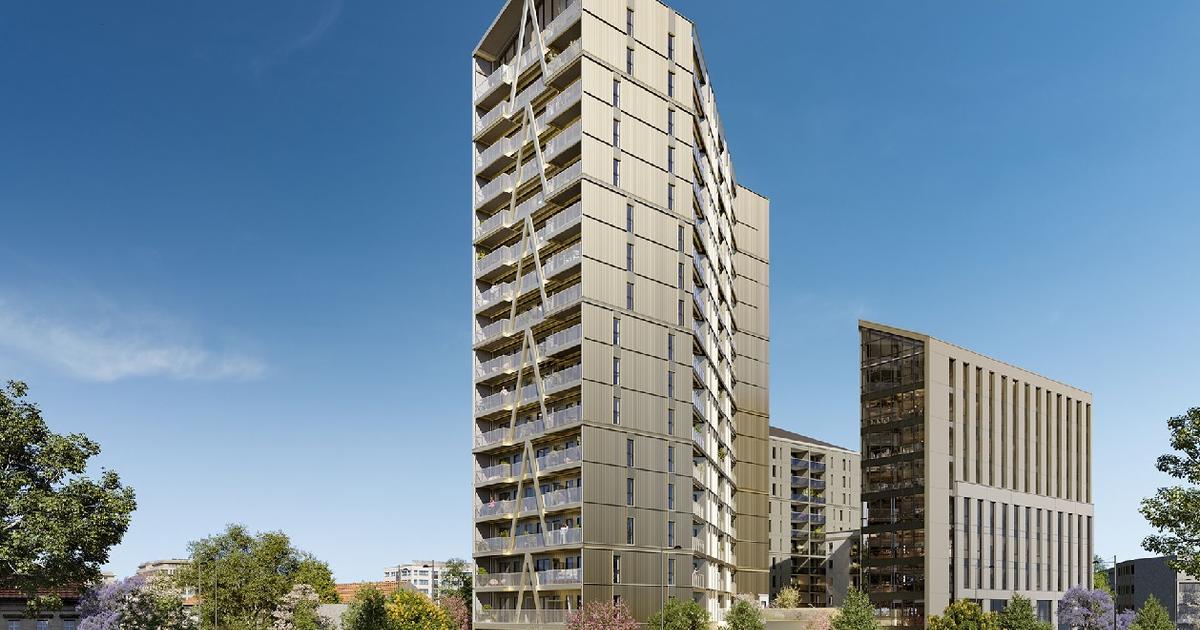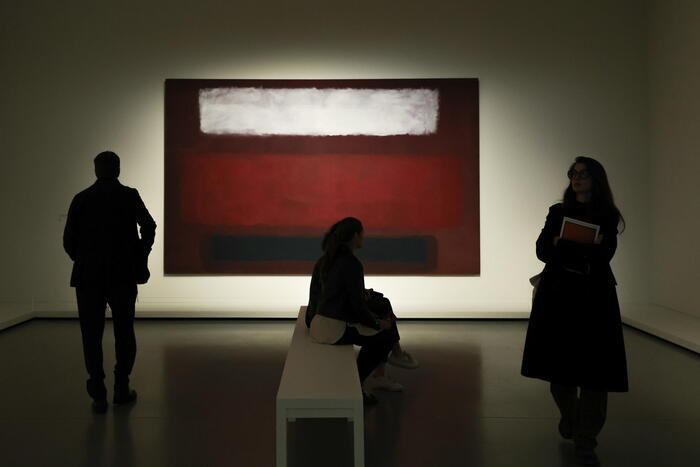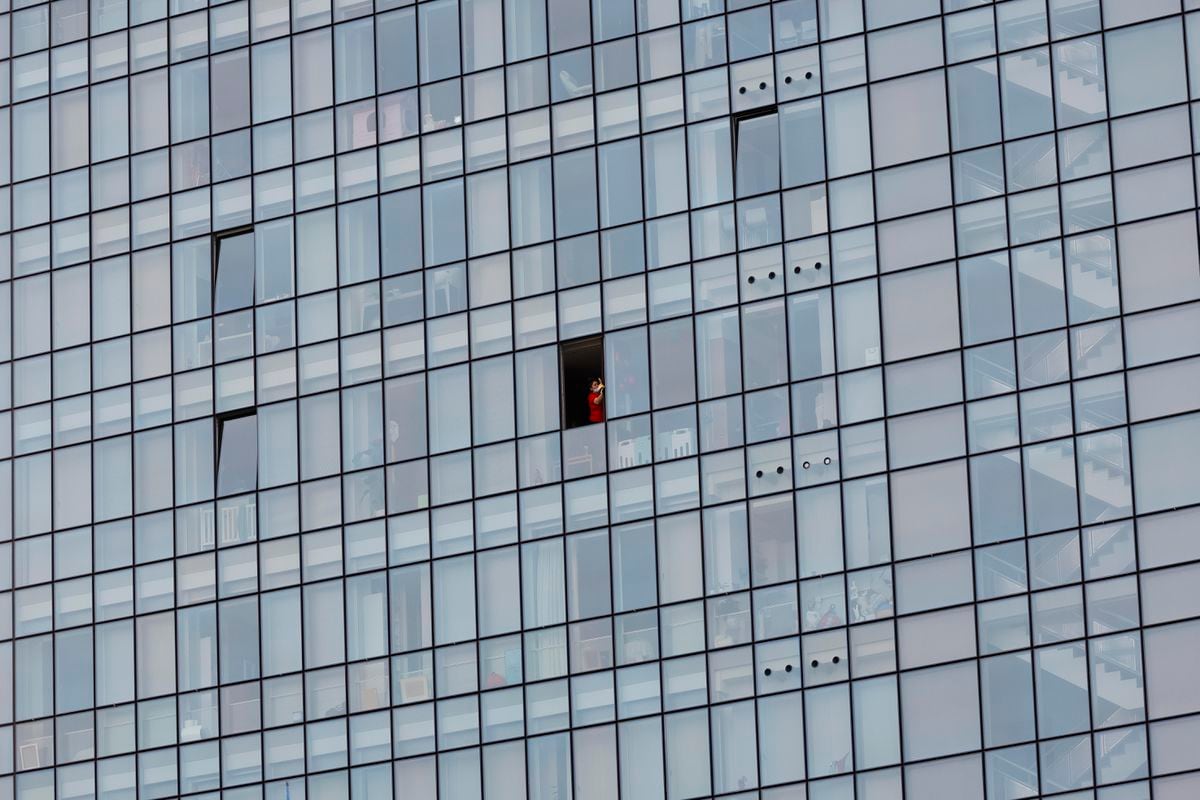Neither is all that glitters gold nor is all architecture with plants green.
Interventions such as the vertical garden of the CaixaForum in Madrid or the Bosco Verticale in Milan, two naturalized skyscrapers with trees and shrubs, have opened the debate about the real sustainability of these plant camouflage strategies.
Covering a building with plants can convey a certain image of ecological responsibility when, in reality, projecting architecture that respects the planet is a challenge that requires more complex solutions.
In Spain, more and more professionals have understood that being green is more than just a trend.
In their environmental crusade, they have found a valuable ally: the traditional architecture of our towns.
For Carlos Gor, co-founder of GRX Arquitectos, "the key is learning to work with local resources."
From his studio in Puebla de Don Fadrique (Granada), Gor vindicates the figure of the village architect.
“We believe that training should be aimed at learning how a specific site works: its climate, its materials, its architectural types, its regulations or even its local institutions.
Each territory deserves that architects specialize in it”.
The creative philosophy of the studio is diametrically opposed to that of many of the star architects on the international scene, which is based on the application of industrialized materials manufactured in large production centers and distributed for use on a planetary scale.
"That's the least sustainable path," explains Gor.
House La Calderona by Héctor Navarro.
The study also defends what we could call the landscape sustainability of our rural environment.
“The towns of Spain have been losing their character, precisely due to the introduction of new industrialized construction materials, but also due to the adoption of urban models that are alien to their material, typological and morphological identity, such as the semi-detached house or the chalet on a plot of land. small".
The Calixto house radically reinterprets the landscape essence of the towns of the Granada mountains with a stone surround from the remains of a nearby quarry.
"It's like stone rubbish: the cheapest of the cheapest," Gor tells us.
"All the stone in the house cost 750 euros."
This economic sustainability is a major issue for Héctor Navarro, who develops his projects in collaboration with ARKHITEKTON, a studio based in Cabezón de la Sal (Cantabria).
One of his latest works, Casa La Calderona, represents how a budget limitation can lead to a brilliant idea.
“The black surround is more than an aesthetic decision.
The developers prioritized the insulation of the house and the air conditioning system, which is why they simplified the exterior finish to a simple corrugated sheet metal”, explains Navarro.
"It's not just about a project betting on clean energy," clarifies the architect.
“It is nonsense to fill a building with solar panels if later all the energy produced is lost through walls, floors and ceilings.
The basic principle of sustainable architecture is that of a thermos of coffee:
Vertical garden in Caixaforum (Madrid).
Other of his works are born from a rigorous analysis of the vernacular architecture of Cantabria.
"I am interested in the flat house, a type of one-story and very compact dwelling", qualities that are very useful for designing sustainable architecture, since it "minimizes the façade surface where energy losses occur".
Orientation, of course, is another of those factors that any architect must know perfectly.
"Although when one builds in Cantabria, the south is sacred, there are also other possibilities," says Navarro.
"The opening of glazed openings to the east allows the morning sun to enter, generating a controlled greenhouse effect that heats the house in the early hours of the day."
In Sant Joan de les Abadesses (Girona), we are attended by Pol Jordà, who runs Taller SAU together with his father Lluís.
“We are an intergenerational studio”, says Jordà proudly.
"My father founded it with the name of the family farmhouse of Can Sau, here in the town", a tribute that serves to illustrate the firm commitment to the environment and the tradition of the place that governs his works.
“We try to do things with common sense, as the peasants did.
So for us, sustainability is never a project argument;
it is an intrinsic characteristic of architecture”.
When I ask him about the logistics of working in the foothills of the Catalan Pyrenees, he shrugs: “I don't think it's very different from a big city.
That romantic urban vision that in the towns we work more calmly is not true, ”he says with a laugh.
ARR Bioclimatic House in Toledo and Heras in El Médano.
Jordà considers it "a luxury" to build in these privileged rural settings, although it also has its complications.
The Pla de Tomet house, in Bellver de Cerdanya (Lleida), was "a continuous struggle to reinterpret local regulations that forced us to build in stone and with sloping roofs".
The result is an undoubtedly contemporary house, which is inserted into the landscape maintaining the texture, color and shapes typical of the area, although without falling into mimetic pastiche.
“Landscape is everything, and we have to be consistent with it”, summarizes the architect.
"It makes no sense to put a stone lining to adapt to the place if we have to import it from a quarry in Galicia."
The solution was to dismantle an old barn in the area and reuse the stone.
“Never demolish, remove or replace;
always add, transform and reuse”, is the maxim coined by Anne Lacaton and Jean-Philippe Vassal, winners of the 2021 Pritzker Prize. Along the same lines, Jorge Heras, half of Toledo and Heras Arquitectos, sees rehabilitation as the fundamental strategy for green architecture.
“The amount of CO2 that is saved when you use the existing skeleton of a building is much higher than if you demolish it and build a new one with zero consumption”, he explains to us.
"The best kilowatt is the one we don't consume."
Pla de Tonet house by Sau workshop.
From his studio in Santa Cruz de Tenerife, Heras has directed various restoration projects on traditional Canarian houses.
“These constructions were correctly designed taking into account the means available to them.
However, the new materials allow more airtight, brighter and better ventilated environments”.
They work with the precision of a surgeon to preserve the original image of these houses: “we keep the roof and the facades, but we put insulation on the inside.
Also, we swapped out the old windows for new ones, the same size and look, but with spectacular glass,” he says.
"For us, the paradigm of a good restoration consists of buildings with a great patrimonial value that are about to fall, being rehabilitated with high energy efficiency standards".
“When you have a conscience, it is a pleasure to feel that you do not consume energy and that the carbon footprint of your home is minimal,” says Heras, referring to his own family residence.
“It is also curious to compare yourself with your neighbors, who are always complaining about being cold or hot.
We don't have heating or air conditioning at home.
For the architect, making a beautiful building is no longer enough.
"We were taught that form follows function... Form follows weather!", And he adds with a sneer: "Mies van der Rohe today would roast in the heat."
Flat House by Héctor Navarro.
Living sustainably depends on homes where everything stays at home.
Contemporaneity and tradition go hand in hand in an architectural oxymoron that adjusts to the climatic and landscape peculiarities of each place and is built with materials chosen according to their thermal behavior, their origin and the energy cost used for their manufacture.
No trace of climbing plants on the walls or unlikely gardens.
Being green is a matter of ethics, and not aesthetics.
Exclusive content for subscribers
read without limits
subscribe
I'm already a subscriber

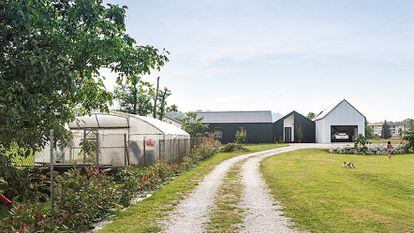
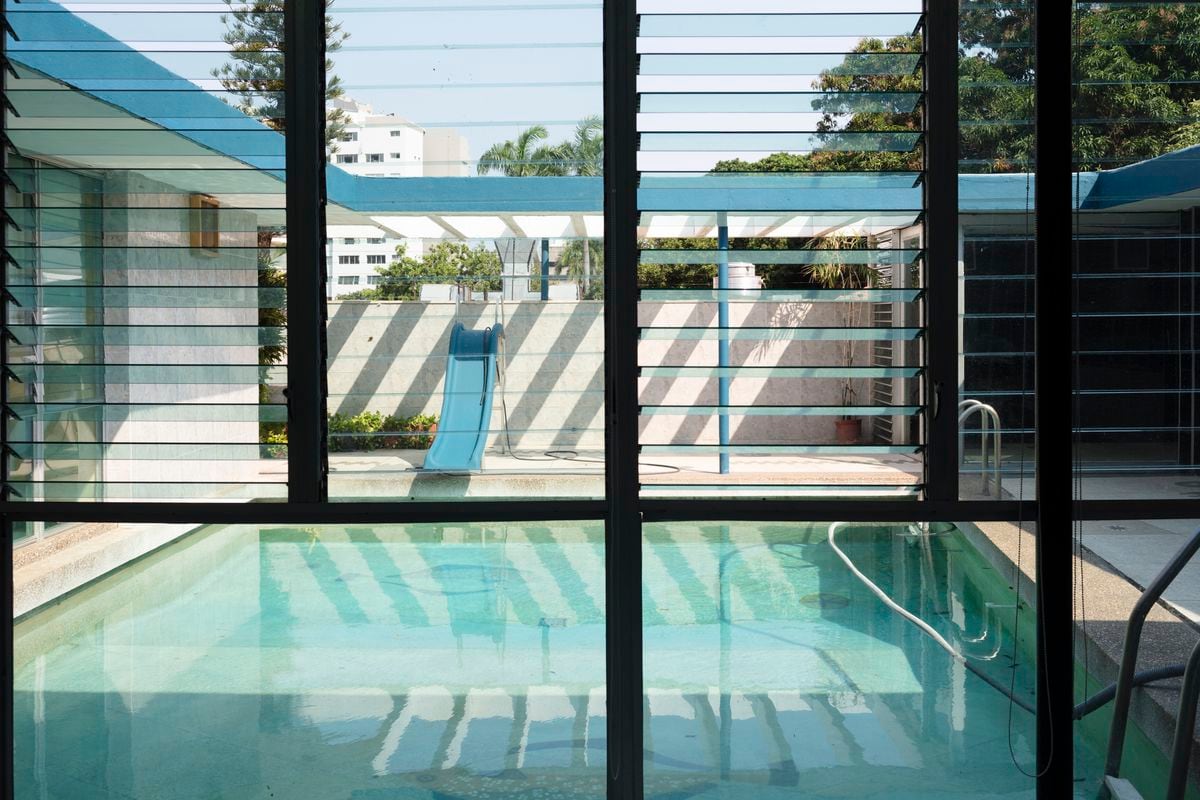
/cloudfront-eu-central-1.images.arcpublishing.com/prisa/B4T7XCN2ORDQLGNNVCIV4QQYC4.jpg)
